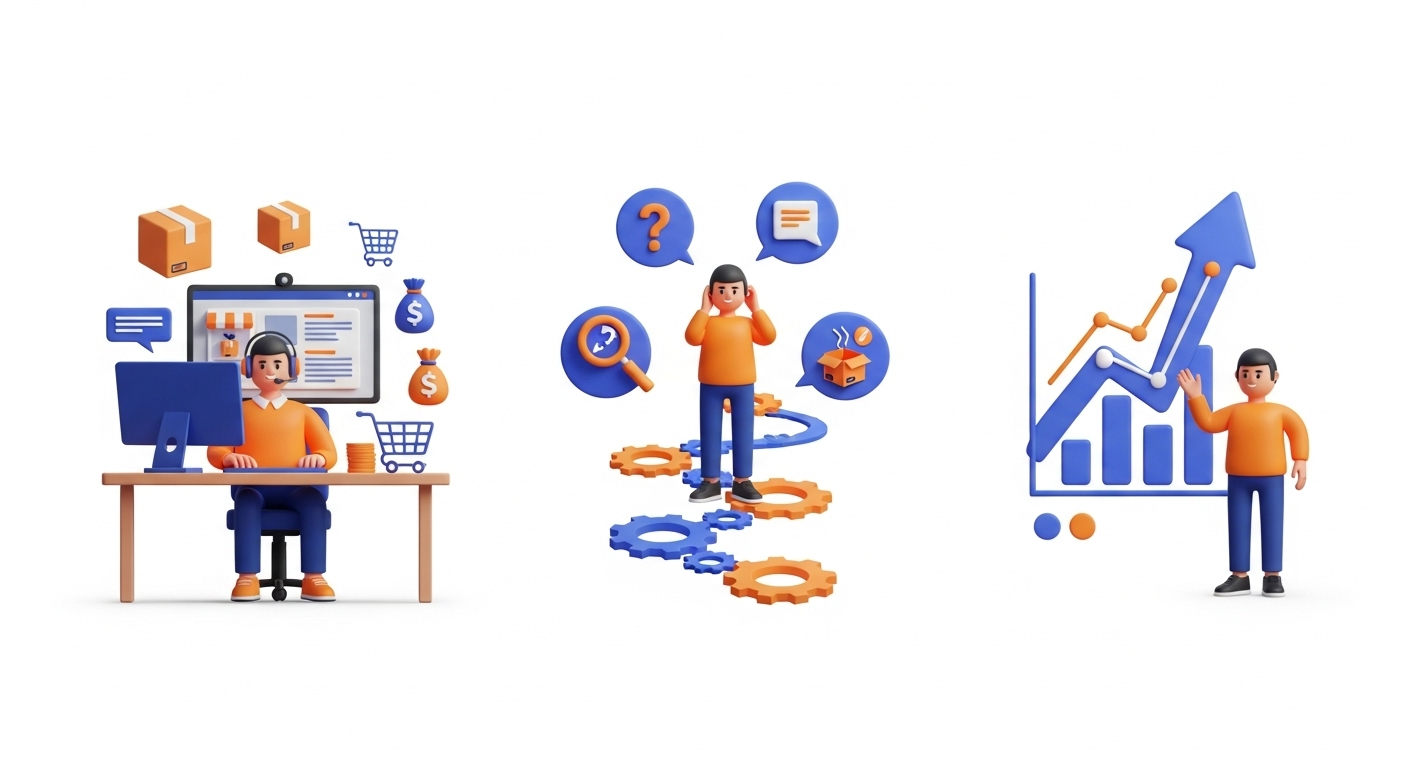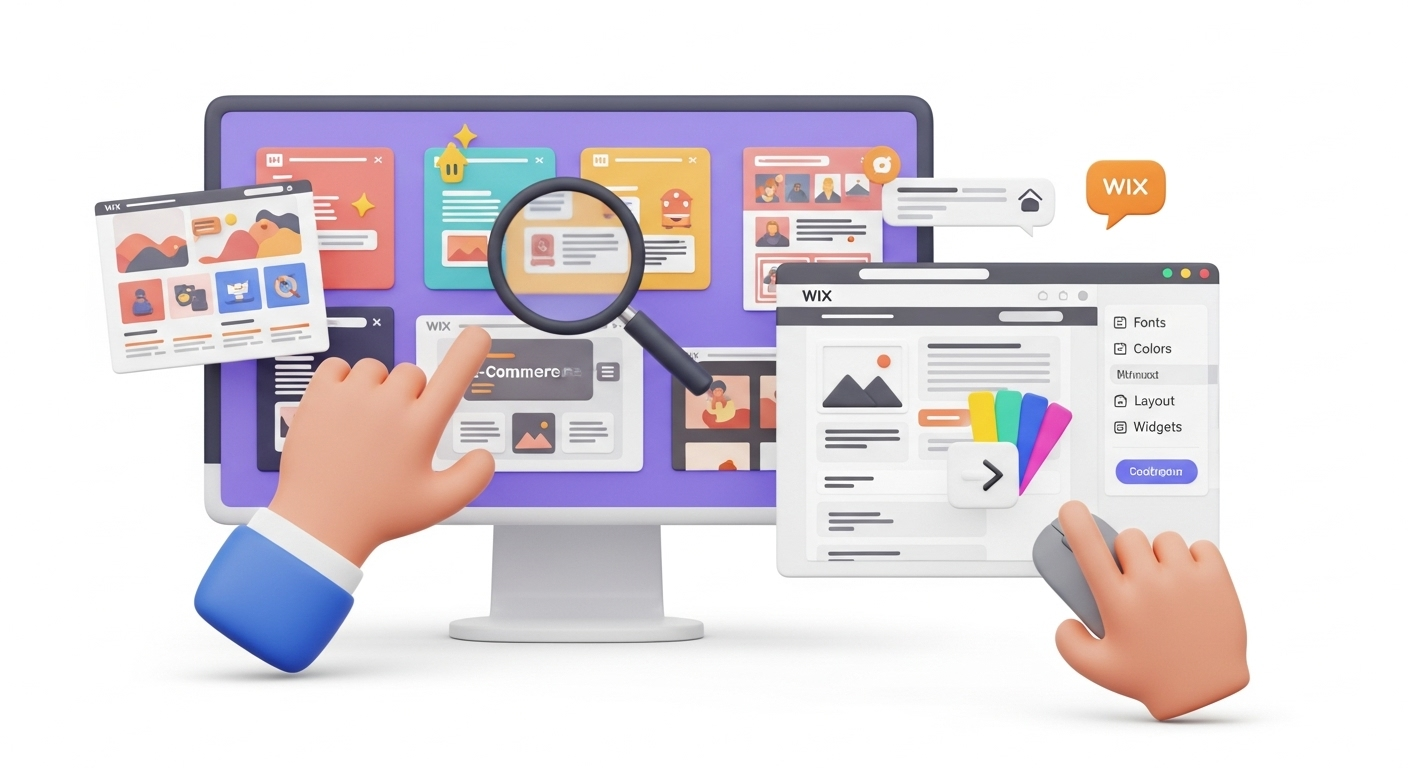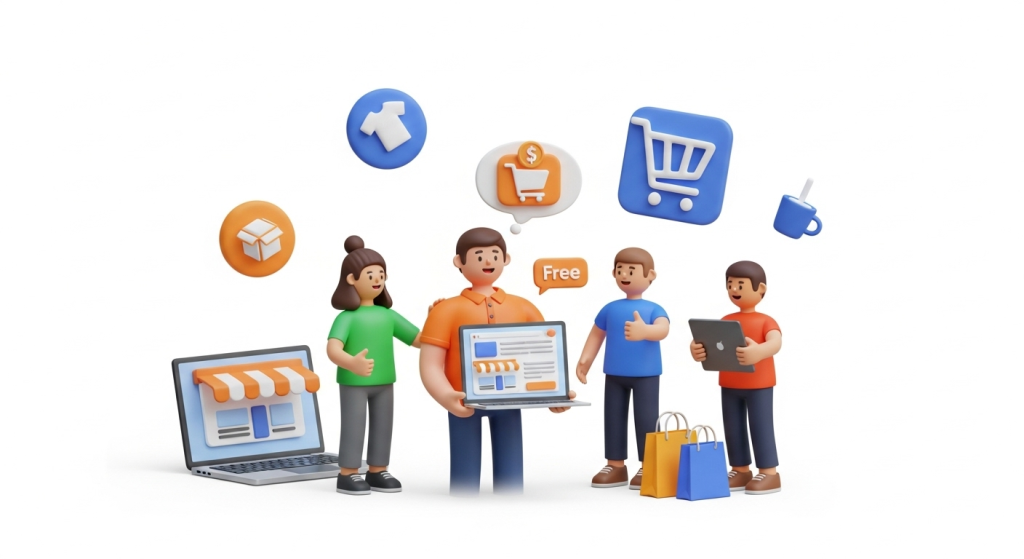Thinking about moving your online store to Shopify? You're not alone — in 2025, thousands of businesses are switching to Shopify — the leading eCommerce platform for 2025 — for its speed, scalability, SEO features, and simplicity.
But here’s the hard truth:
❗ Migrating to Shopify without a plan can lead to traffic loss, data errors, and costly downtime.
In this guide, we’ll highlight the most common Shopify migration mistakes, explain how they can impact your store, and show you how to avoid them with Cart2Cart — the trusted automated migration tool.
Why Migrate to Shopify in 2025?
Before we dive into migration mistakes, let’s reaffirm why so many merchants choose to migrate to Shopify and replatform their stores for growth in 2025:
✔️ Hosted, secure, and scalable
✔️ Easy to manage, even without coding skills
✔️ Beautiful mobile-optimized themes
✔️ Large app ecosystem and built-in marketing tools
However, these benefits can be delayed or lost if the migration is handled poorly.
Mistake #1: Not Backing Up the Source Store
What happens:
Skipping a backup could mean losing important data if the migration goes wrong — especially for stores with complex catalogs or recent orders.
How to avoid it:
✅ Always create a full data and media backup (products, customers, orders, theme files).
✅ Cart2Cart doesn’t affect your source store, but backup is a must for safety.
Mistake #2: Losing SEO Rankings After Migration
What happens:
Changing platforms often changes URL structures. Without proper 301 redirects, search engines will hit broken pages — tanking your rankings, damaging your Shopify SEO performance, and causing major drops in organic traffic.
How Cart2Cart helps:
✅ Automatically maps and migrates SEO metadata (meta titles, descriptions)
✅ Allows for 301 redirect setup during migration
✅ Helps preserve link juice and traffic by aligning old and new URLs
Mistake #3: Migrating Incomplete or Irrelevant Data
What happens:
Manually copying data often results in missed products, broken images, or lost customer history — damaging customer relationships and store continuity.
How Cart2Cart helps:
✅ Migrates products, categories, images, SKUs, orders, customers, reviews, and more
✅ Maintains relationships between entities (e.g., customers to their order history)
✅ Supports bulk transfers with zero manual input
Mistake #4: Underestimating URL Structure Differences
What happens:
Platforms like Magento or WooCommerce let you customize URLs. Shopify uses a fixed URL structure (e.g., /products/, /collections/), which can affect SEO during Shopify migration if not properly redirected.
How Cart2Cart helps:
✅ Provides redirect options to map old paths to Shopify equivalents
✅ Minimizes 404 errors and preserves inbound link value
✅ Offers add-ons for custom URL handling and SEO retention
Mistake #5: Migrating Customer Passwords
What happens:
Due to encryption differences between platforms, customer passwords cannot be migrated.
How to handle it:
✅ Cart2Cart flags this limitation clearly
✅ After migration, send email invitations to customers to reset passwords
✅ Use Shopify apps to create password-reset workflows with incentives (e.g., discount codes)
Mistake #6: Running Live Migration on Production Store
What happens:
When migrating your eCommerce store to Shopify, never run a live migration on a production environment — it can disrupt your Shopify launch and damage your UX.
Best practice with Cart2Cart:
✅ Start with a free demo migration to preview how everything looks
✅ Use Shopify's password-protected storefront until launch
✅ Only switch domains and go live once everything is fully checked
Mistake #7: Ignoring Post-Migration Testing
What happens:
Once the data is moved, store owners forget to test product listings, customer records, collections, and search functionality.
How to avoid it:
✅ Create a Shopify migration QA checklist
✅ Review:
- Product names, prices, variants
- Order statuses
- Customer details
- Navigation menus
- Payment/shipping settings
Cart2Cart ensures high data accuracy — but it’s still smart to check manually before launch.
Pro Tip: Optimize Your Shopify SEO Immediately
After migration, it's important to use Shopify SEO tools like JSON-LD or Smart SEO to optimize your metadata, fix broken links, and maintain your store’s search visibility.
Bonus Tip: Don’t Wait to Set Up Tracking & SEO Tools
- Connect Google Search Console and resubmit your new sitemap
- Set up Google Analytics 4 (GA4) or Shopify’s native analytics
- Use Shopify SEO apps (Smart SEO, JSON-LD, Plug in SEO) to further refine pages and ensure proper search engine indexing for your new Shopify store.
Why Use Cart2Cart for Shopify Migration?
Cart2Cart is the leading automated Shopify migration tool, trusted by hundreds of thousands of eCommerce stores looking to migrate to Shopify without losing SEO or critical data.
Key Benefits:
✅ Supports over 85 platforms (WooCommerce, Magento, PrestaShop, BigCommerce, etc.)
✅ No coding, no developer needed
✅ Preserves SEO metadata and order/customer relationships
✅ Free demo migration available
✅ 24/7 support and migration insurance (optional)
What you can migrate:
- Products (with images, SKUs, variants, categories)
- Orders and order history
- Customers
- Coupons and reviews
- SEO metadata and URLs
- CMS pages and blog content
Try a Free Demo Migration now and preview your Shopify store with live data.
Shopify Migration Checklist (Post-Cart2Cart)
✅ Review product formatting
✅ Check collection logic and menu structure
✅ Test payment gateway and checkout flow
✅ Confirm SEO settings and redirects
✅ Invite customers to reset passwords
✅ Reinstall apps (email, reviews, analytics)
✅ Submit sitemap to Search Console
Cart2Cart handles the migration. You focus on finishing touches.
Final Thoughts: Migration Done Right
Whether you’re migrating from WooCommerce, Magento, or PrestaShop, Cart2Cart helps ensure a safe Shopify migration — preserving your product data, order history, and SEO rankings.
Migrating to Shopify is an exciting opportunity — but small mistakes can have big consequences.
By understanding common pitfalls and using a tool like Cart2Cart, you’ll avoid:
❌ Broken URLs
❌ Lost SEO
❌ Missed data
❌ Costly downtime
Instead, you’ll get a clean, complete, and search-friendly Shopify store ready to grow.
Ready to Migrate Your Store to Shopify?
Join thousands of successful merchants who moved their stores to Shopify risk-free.
Start a Free Demo Migration with Cart2Cart
No coding. No downtime. No SEO loss.
Monthly Update – December 2025
As the bustling holiday season of 2025 draws to a close, December offers a critical window for Shopify merchants to reflect and prepare for the new year. This month, shift your focus from immediate sales to comprehensive performance analysis. Dive deep into your holiday sales data: identify top-performing products, analyze customer acquisition channels, and pinpoint any bottlenecks in your checkout process. Leverage Shopify's robust analytics to understand customer behavior, conversion rates, and average order value during peak periods. This insight is invaluable for strategic planning for Q1 2026. Furthermore, consider reviewing your app ecosystem; are there any underutilized tools or new integrations that could enhance operations or customer experience next year? Lastly, begin planning your post-holiday sales and loyalty programs to re-engage customers acquired during the festive rush. Proactive analysis and strategic preparation now will set a strong foundation for sustained growth and profitability in the coming year, maximizing your Shopify investment.
For more details, explore our FAQ section or schedule a call with a migration expert.






